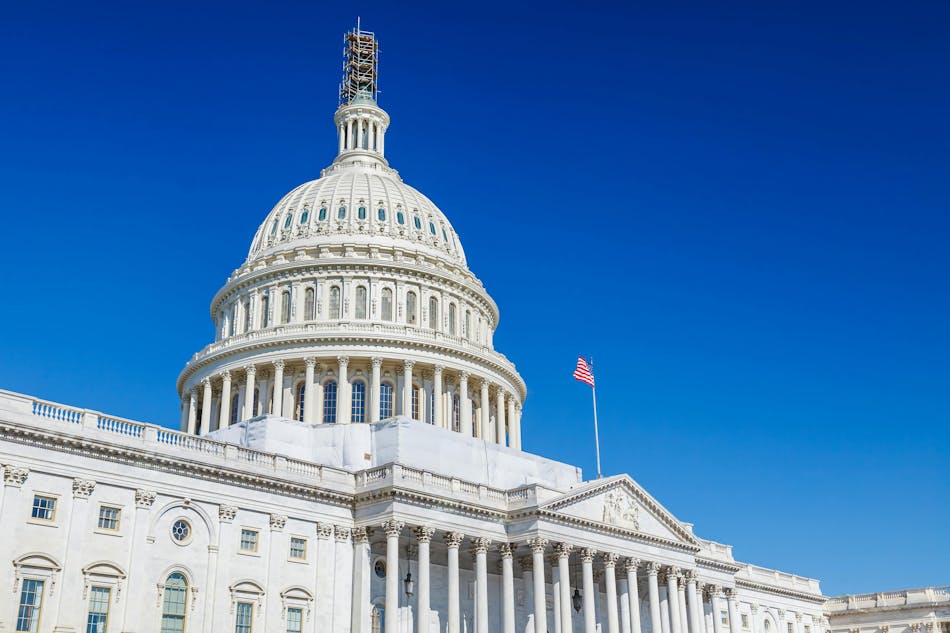

At a June 13 congressional hearing, Elizabeth Fowler, Ph.D., J.D., director of the Center for Medicare and Medicaid Innovation (CMMI), was pressed to explain why so few of CMMI’s alternative payment models have produced cost savings.
In a meeting of the Health Subcommittee of the the U.S. House Energy and Commerce Committee, Cathy McMorris Rodgers (R-Wash.), chair of the House Energy and Commerce Committee, began by outlining her concerns.
CMMI was created to help improve how Medicare and Medicaid pay for healthcare and to be an engine in our drive towards value-based care, Rogers said. “CMMI was given a 10-year, $10 billion budget and extremely wide-ranging authorities with limited built-in congressional oversight. The only directives Congress gave CMMI were to achieve two goals: lowering the cost of delivering care and improved patient outcomes.”
Over the last decade and a half, CMMI has tested over 50 models to accomplish both those goals. When CMMI was created, the savings it was projected to generate were to be used to offset spending by the Affordable Care Act, Rogers continued. Originally, CBO estimated that CMMI would save $1.3 billion over its first decade of operation. That same model also projected CMMI would save as much as $77.5 billion in its second decade from 2020 to 2023. “However, when CBO looked at the actual results in a September 2023 report, the disparity between those expectations and the reality proved to be staggering. Instead of reducing spending by $1.3 billion in the first decade, CMMI increased spending by $5.4 billion. For the second decade, instead of saving $77.5 billion, CBO is now projecting CMMI to increase spending by $1.3 billion. I have a hard time believing any objective observer could look at the results thus far and describe CMMI as a success. So how do we move forward?”